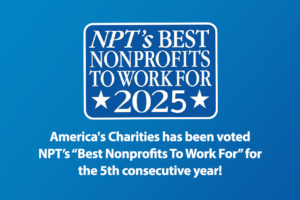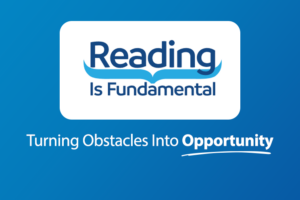Sarah Ford | June 10, 2015
The First Step for Putting Women Back in History
[Preservation Tips and Tools] The First Step for Putting Women Back in History from PreservationNation
Gerda Lerner, a pioneering scholar of women’s history, looked back on several decades of research in women’s history and divided it into four phases, each building on the other to reach a complex understanding of the history of women. Lerner saw historians of the 1960s doing what she called “compensatory history” — that is, looking for women and inserting them into male-dominated history. She compared historians of that period to Diogenes with his lantern, seeking simply to find the women.
Today, many historic sites are still wandering with their lanterns, trying to find the women’s stories represented there. Here are some suggestions to help you illuminate the lives of women at a historic place that matters to you, whether it is a historic site or your own home.
Every single historic site is a women’s history site — including the ones you don’t think are. If you think not, look again, and think about what prejudices you might bring to the process. Consider these examples:

Get Resources and Insights Straight To Your Inbox
Explore More Articles
For Fifth Consecutive Year America’s Charities Named ‘Best Nonprofit To Work For’
Washington, D.C. – April 1, 2025 – America’s Charities, the nonprofit that mobilizes the power of giving as a leading provider of volunteering, workplace giving,…
Read ArticleWorkplace Fundraising + Volunteering Summit (April 2nd and 3rd, 2025)
Join us in attending this virtual summit! The America’s Charities team is joining up with other leading voices in the workplace giving space for a…
Read ArticleThe Time to Act is Now
The results of the 2024 National Assessment of Educational Progress (NAEP) are in, and the findings are, in a word, heartbreaking. This assessment serves as…
Read ArticleGet Resources and Insights Straight To Your Inbox
Receive our monthly/bi-monthly newsletter filled with information about causes, nonprofit impact, and topics important for corporate social responsibility and employee engagement professionals, including disaster response, workplace giving, matching gifts, employee assistance funds, volunteering, scholarship award program management, grantmaking, and other philanthropic initiatives.




